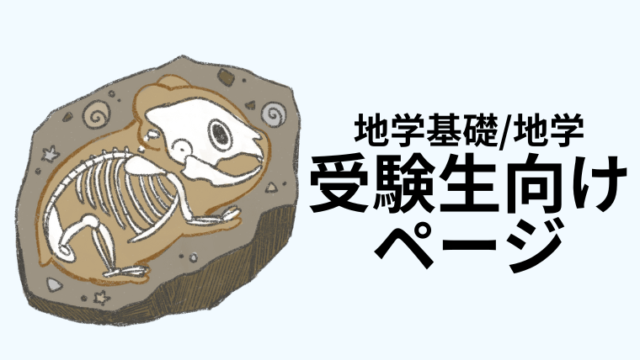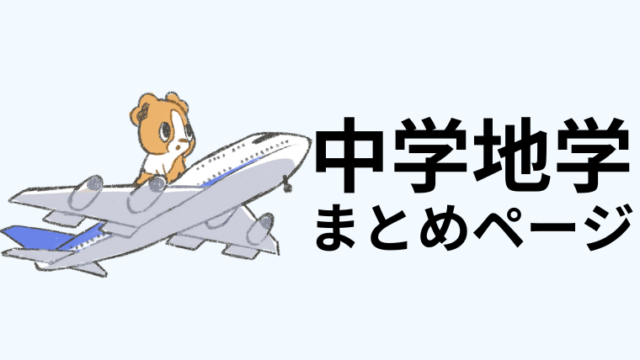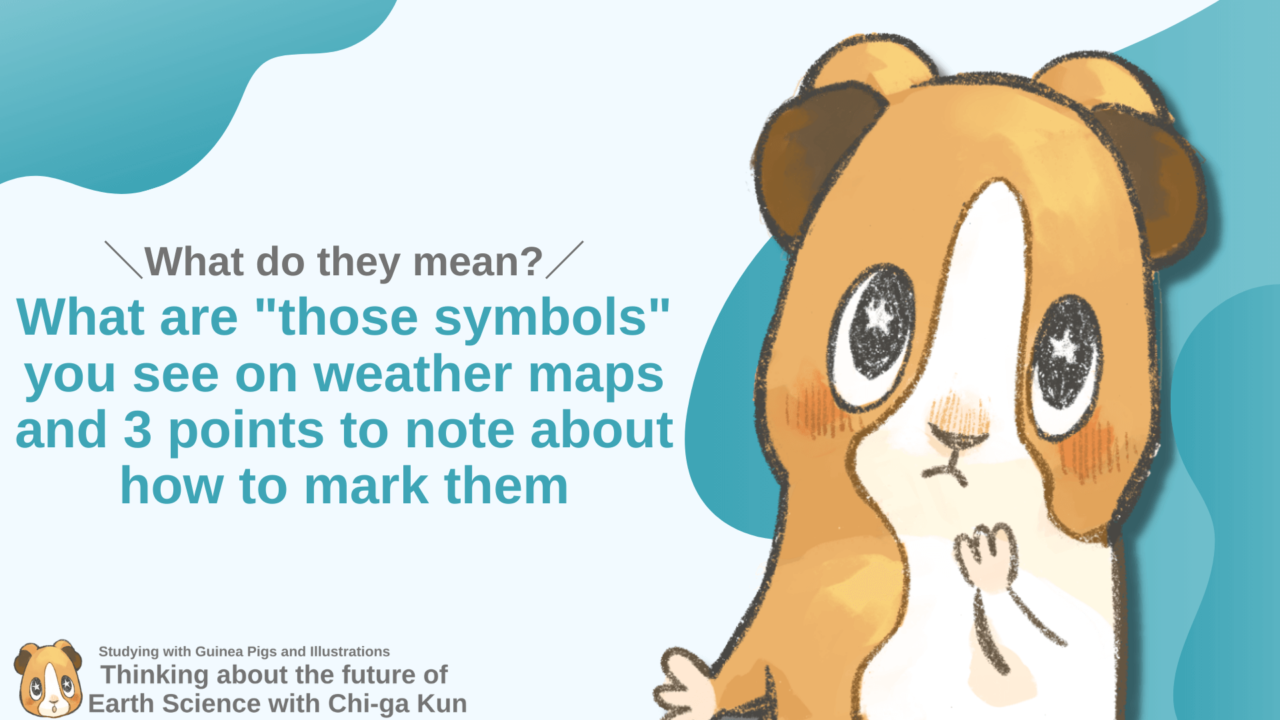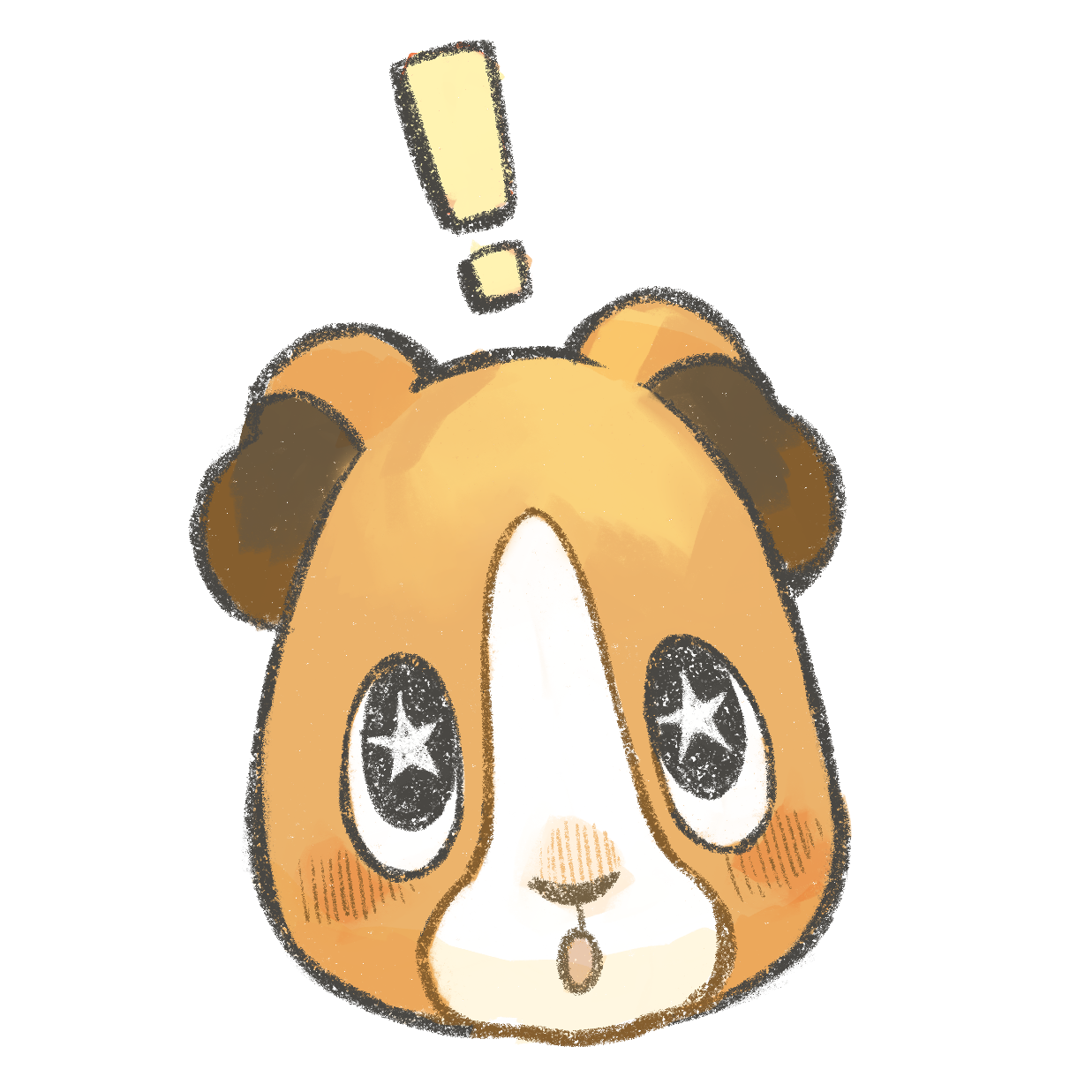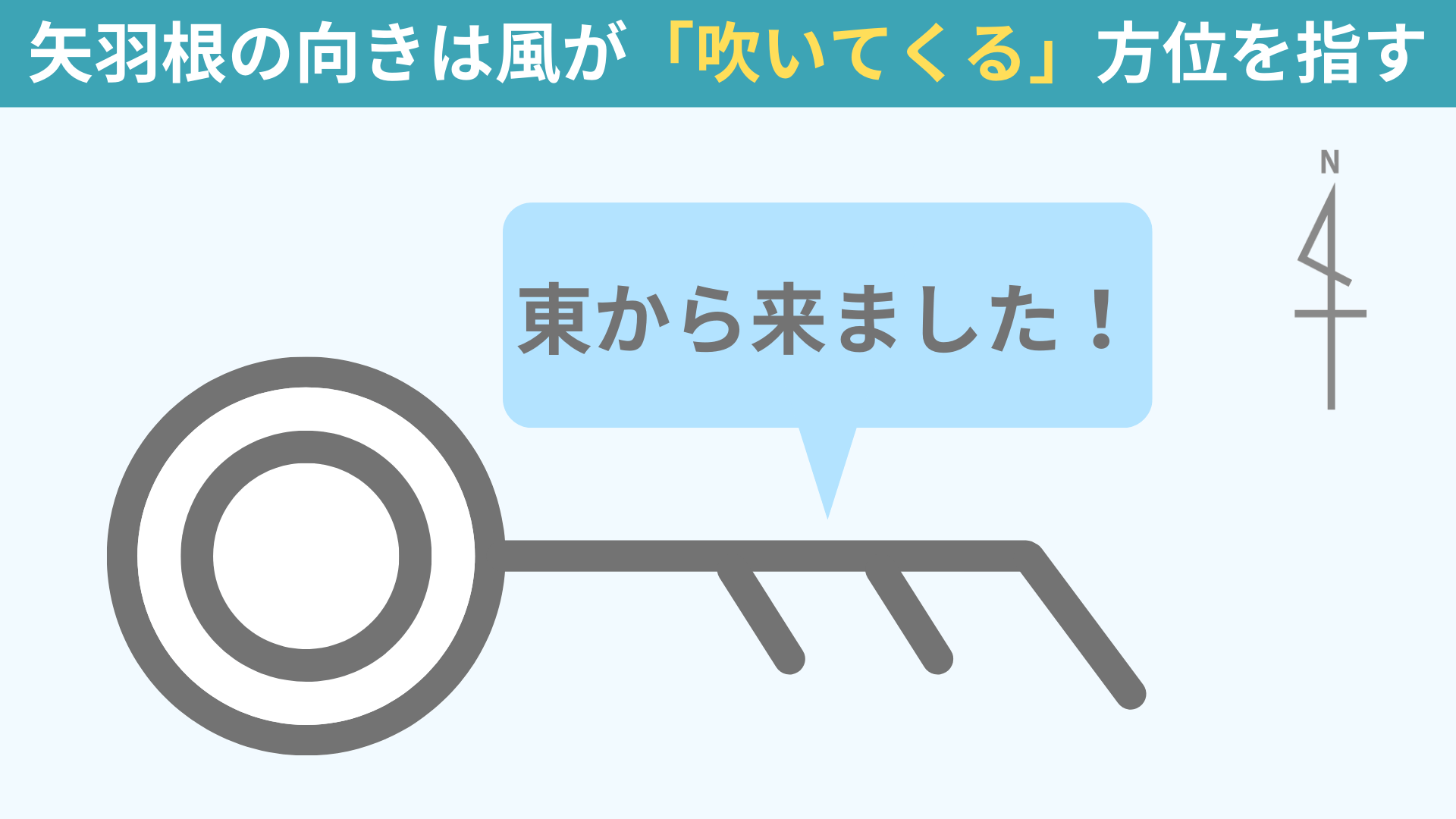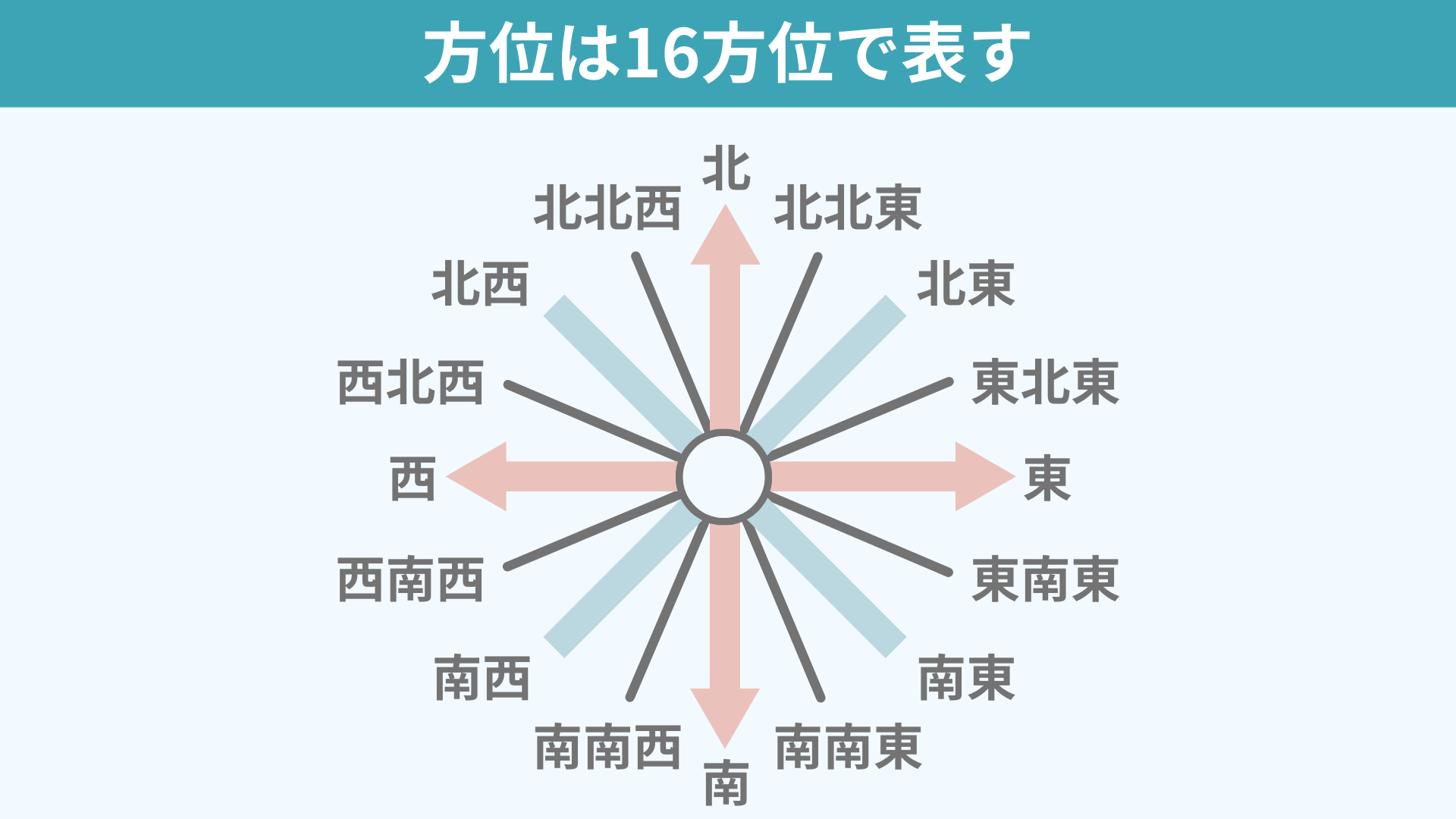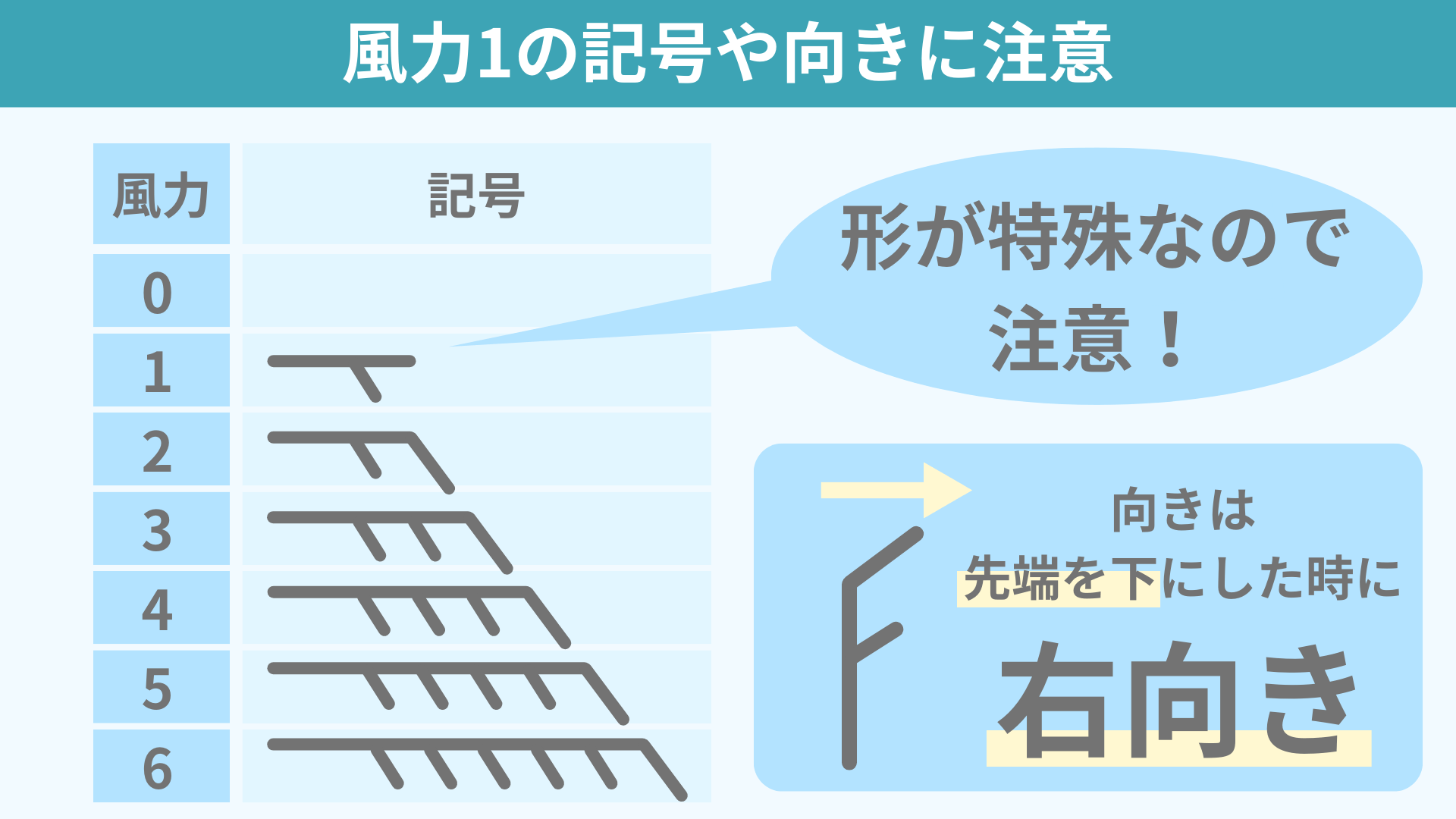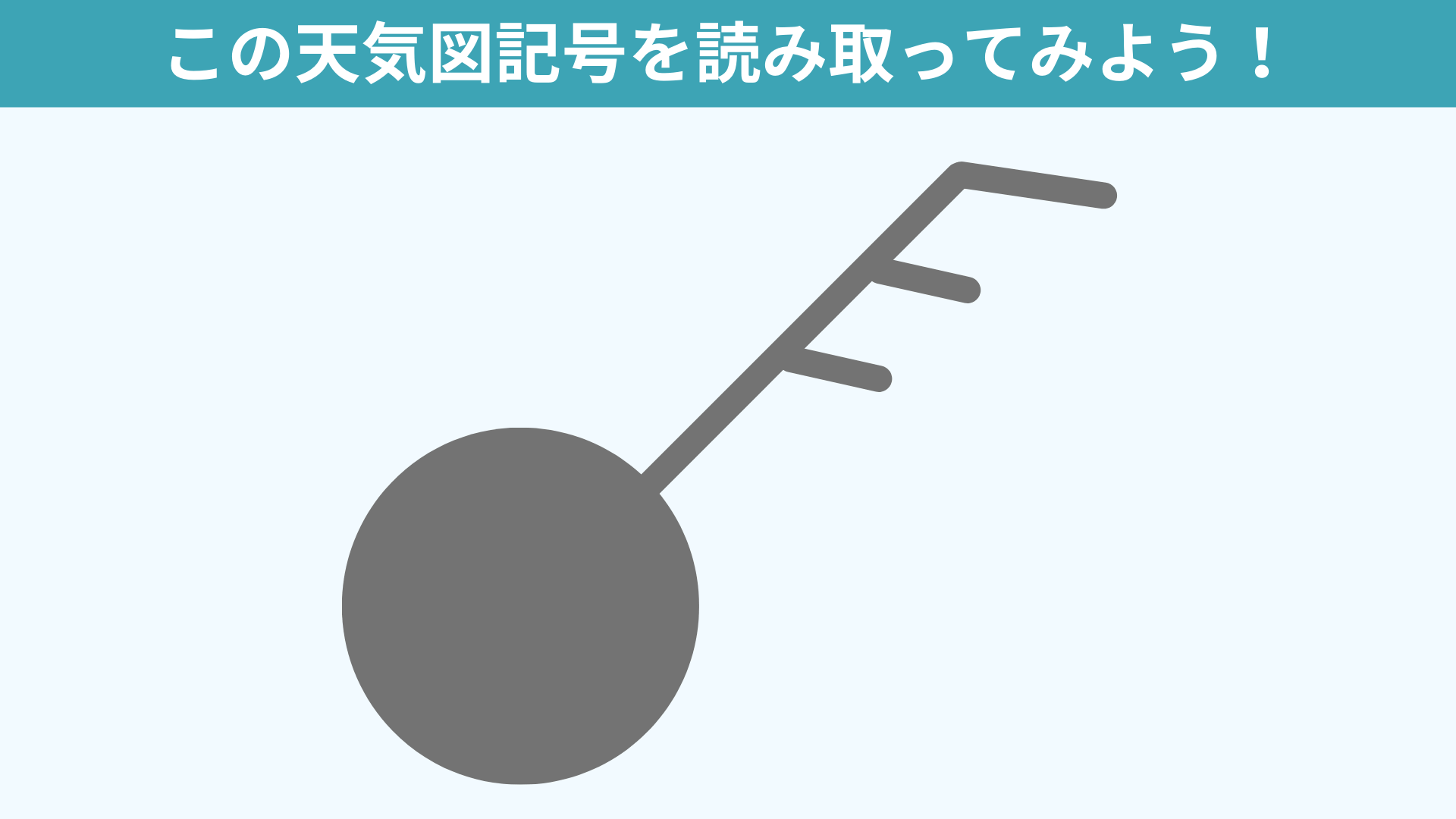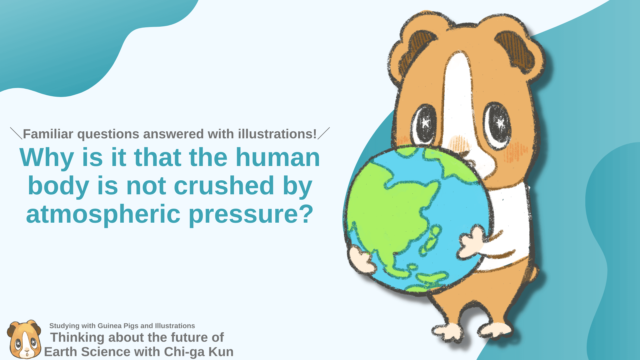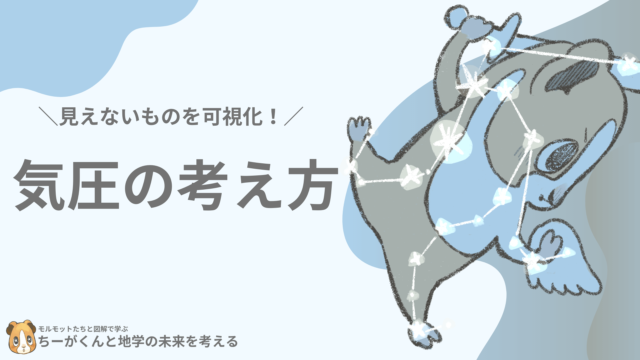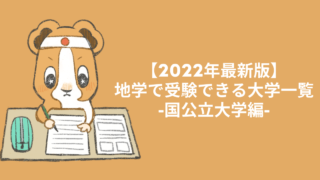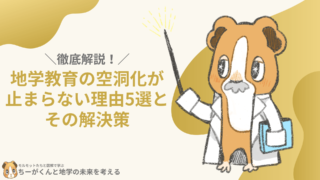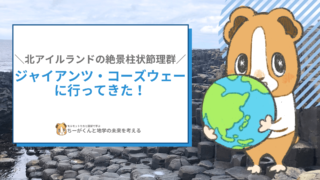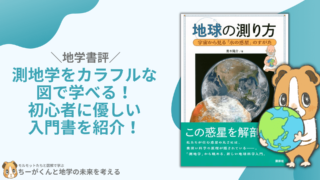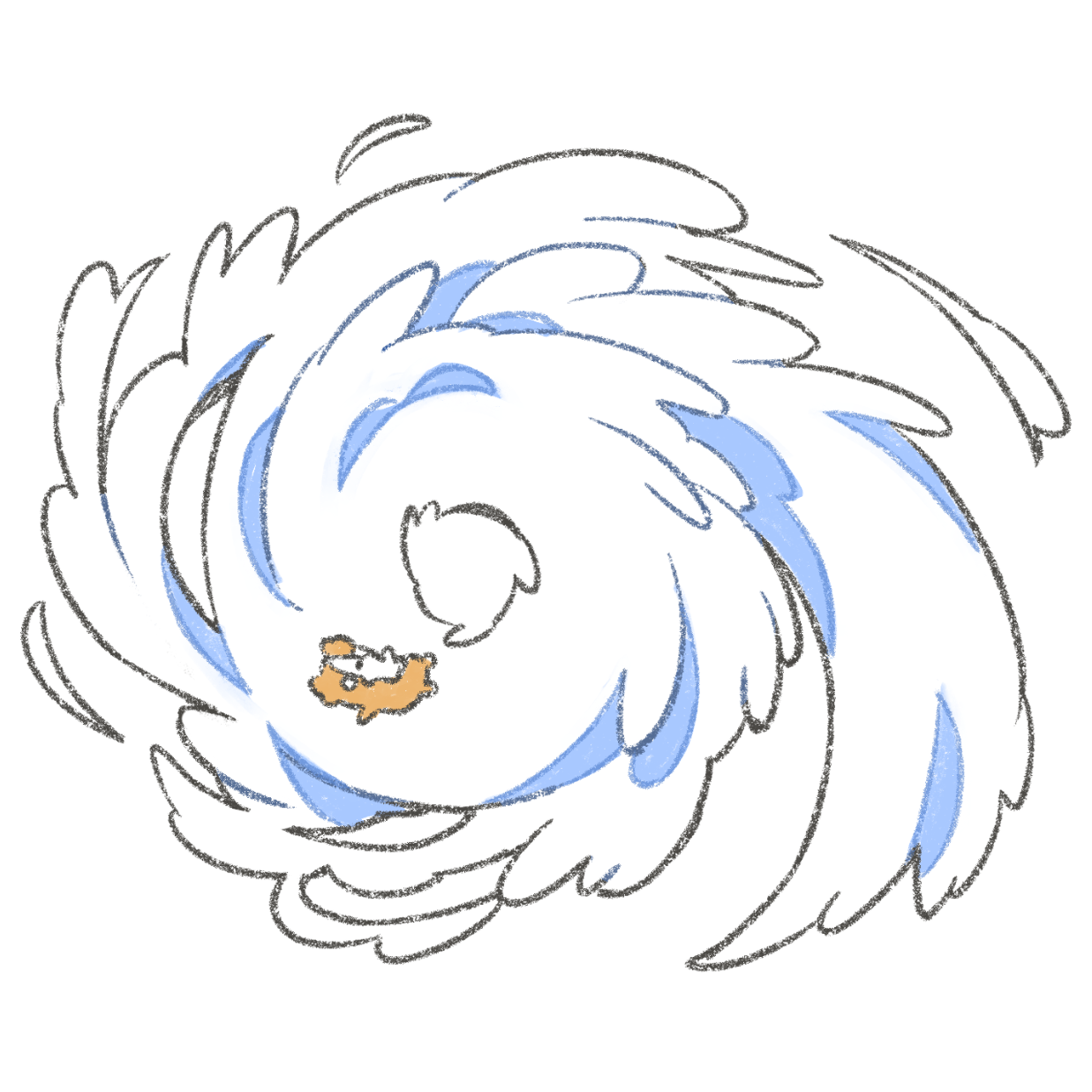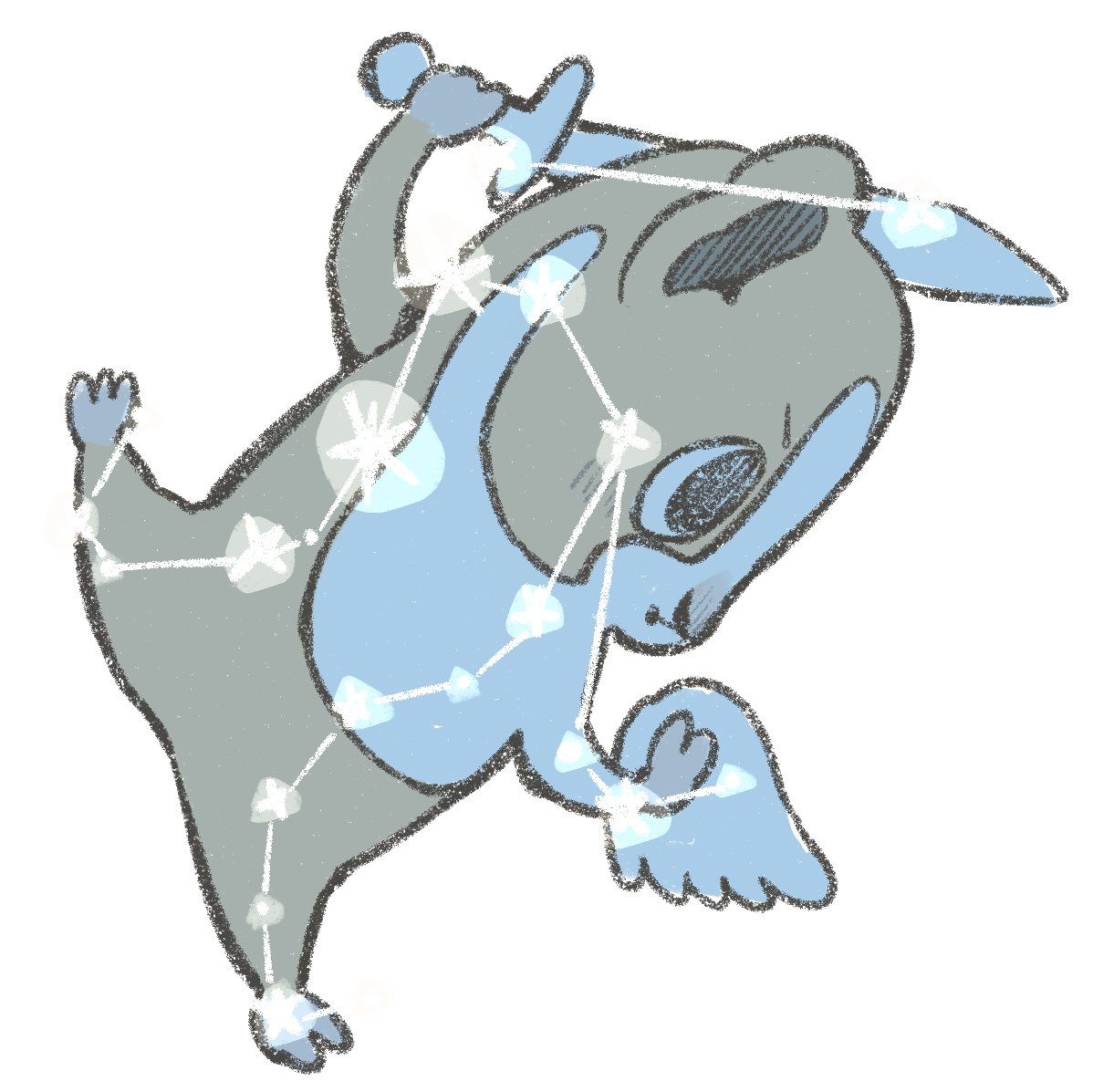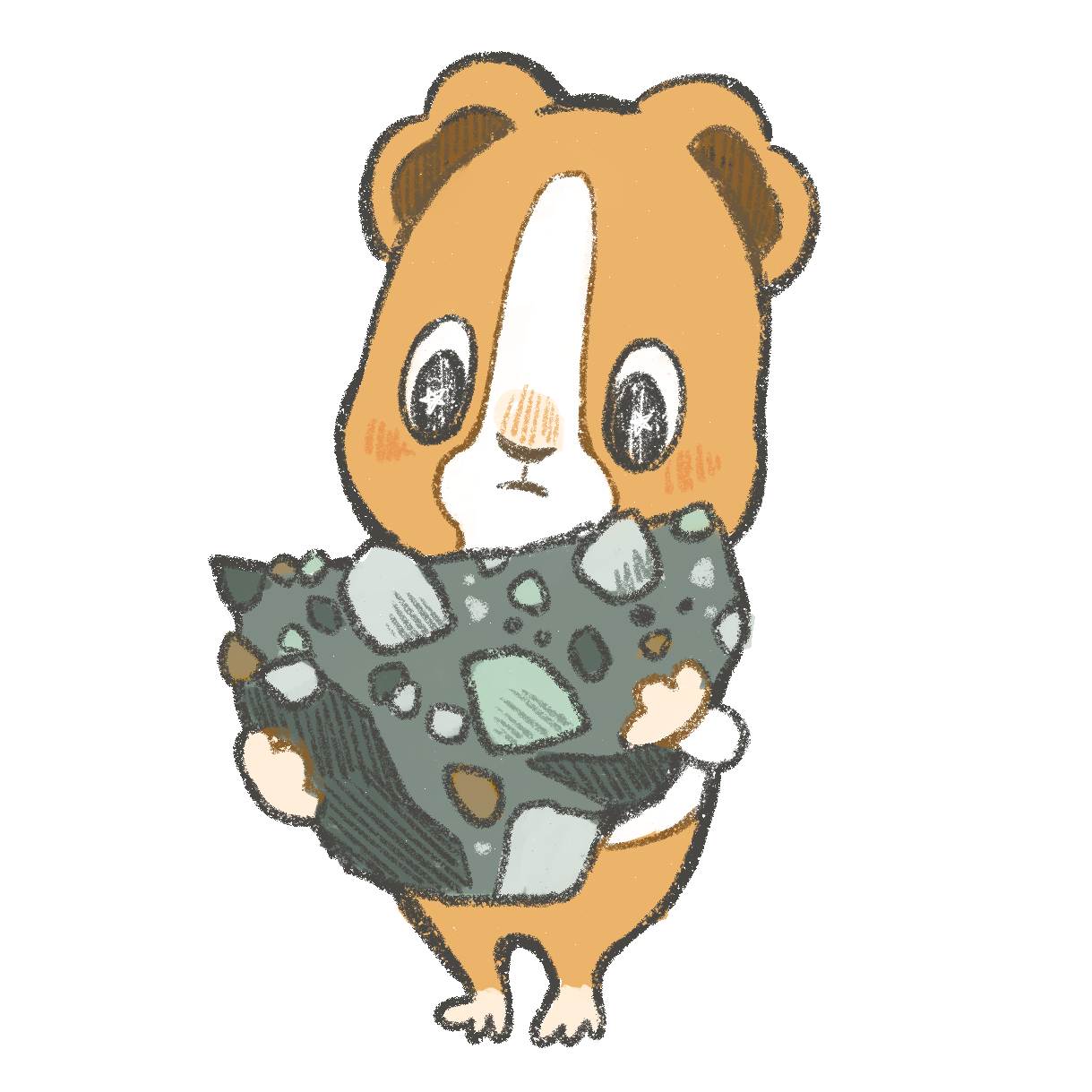スポンサーリンク
Chi-ga kun
Hakase! I looked through the newspaper my dad is reading today…
Hakase
… What’s wrong?
Chi-ga kun
There was some kind of suspicious symbol on it.
Hakase
!?
“Mysterious symbol made of circles (〇) and bars (ー)” seen on weather maps.
Do you know what that symbol is?
In this article, let’s learn what those symbols are and how to write them with the guinea pigs!
Contents
スポンサーリンク
What is the mysterious symbol that Chi-ga kun saw!?
Hakase
Chi-ga kun, what kind of symbol was that?
Chi-ga kun
Yes, I actually brought the paper!
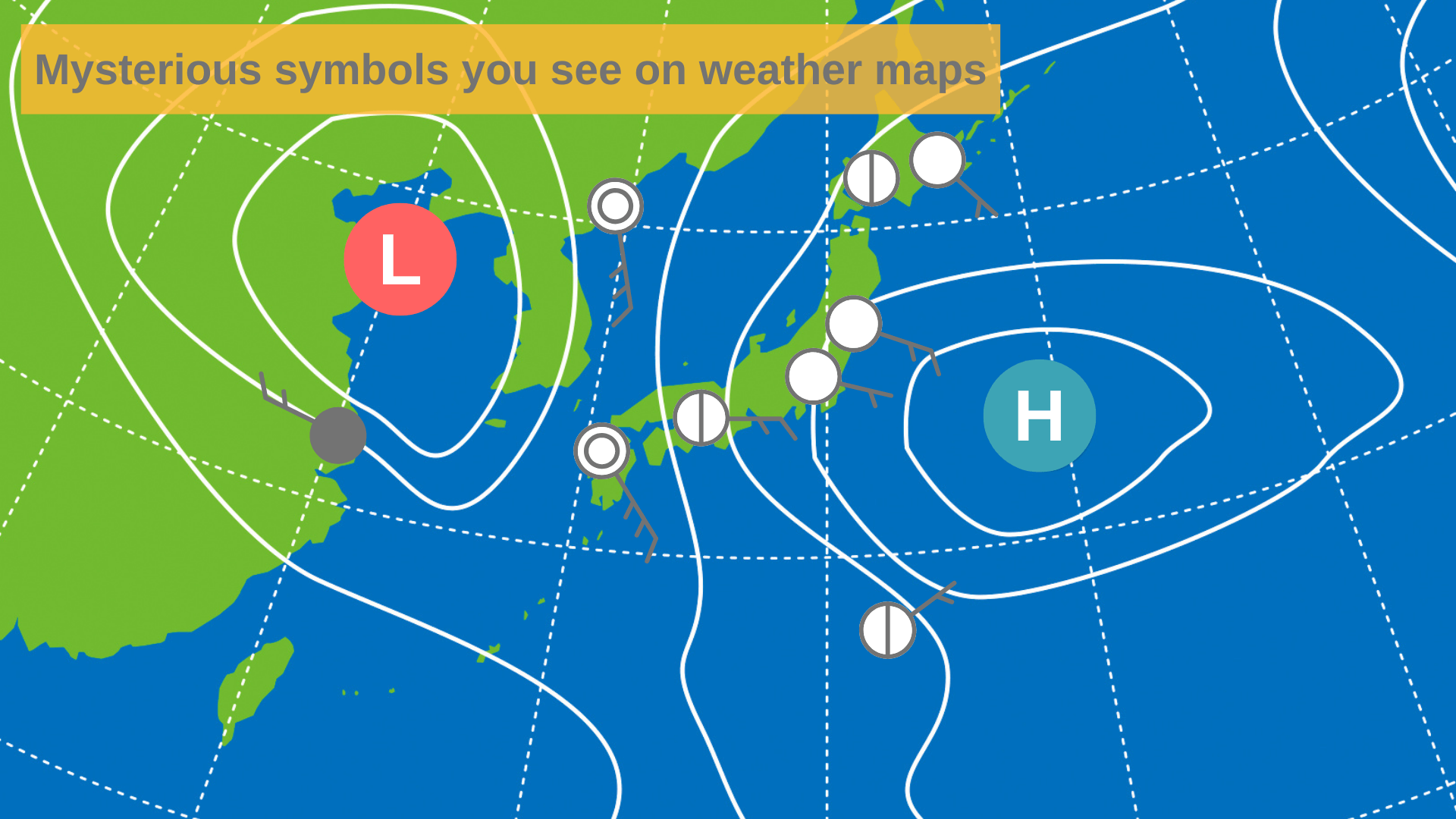
Hakase
Well…
Chi-ga kun
What is it? Possibly a treasure map or something…!
Hakase
You were talking about the symbols on the weather map in the newspaper!
These are weather map symbols, which indicate the weather, wind direction, and wind strength of the location!
These are weather map symbols, which indicate the weather, wind direction, and wind strength of the location!
Chi-ga kun
What!?
Please explain in detail!
Please explain in detail!
The “〇” part represents the weather
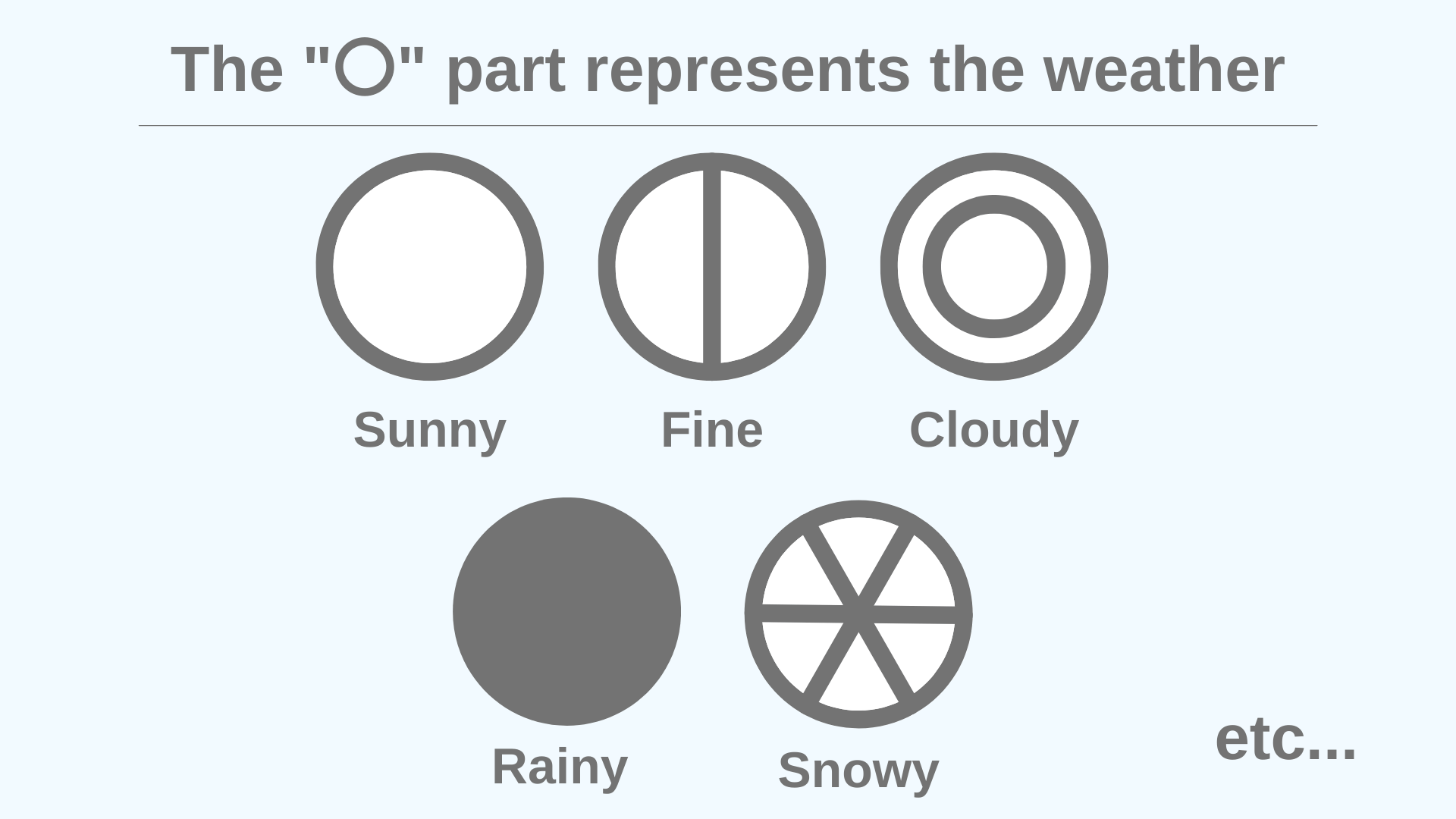
Hakase
Let’s start with the tip of the circle.
This is the symbol for the weather.
This is the symbol for the weather.
Chi-ga kun
The symbol at the tip represents the weather!
I thought they represented something much different!
I thought they represented something much different!
The direction of the bar indicates wind direction, and the symbol indicates wind power.
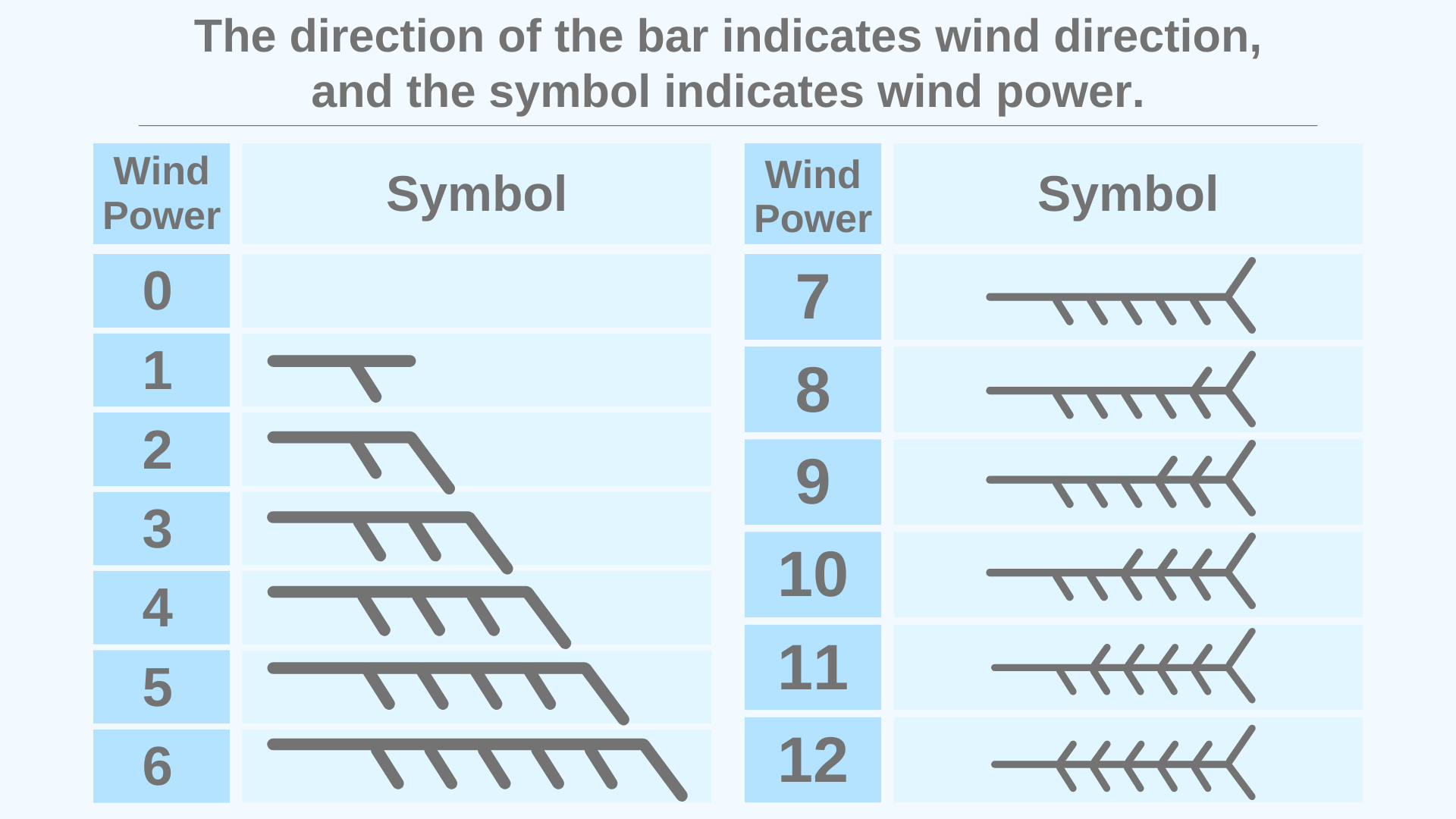
Hakase
The direction of the bar indicates the wind direction, and the symbol indicates the wind force.
Chi-ga kun
I see! Not only the symbols, but the direction has meaning!
3 points to note about how to mark them
Chi-ga kun
I have a sense of what the symbols mean, but is there anything I should be aware of when writing weather map symbols?
Hakase
There are three points. I will introduce them one by one.。
The direction of the arrow feathers points in the direction from which the wind blows
Hakase
The first is that the direction of the arrow feathers points in the direction from which the wind blows.

Chi-ga kun
This sounds so easy to get wrong! I’m afraid I’ll remember it the other way around!
Hakase
As shown in the image, ” I come from the east!” and remember, it indicates the direction the wind comes from!
Direction is expressed in 16 directions
Hakase
Second, directions are expressed in 16 directions.
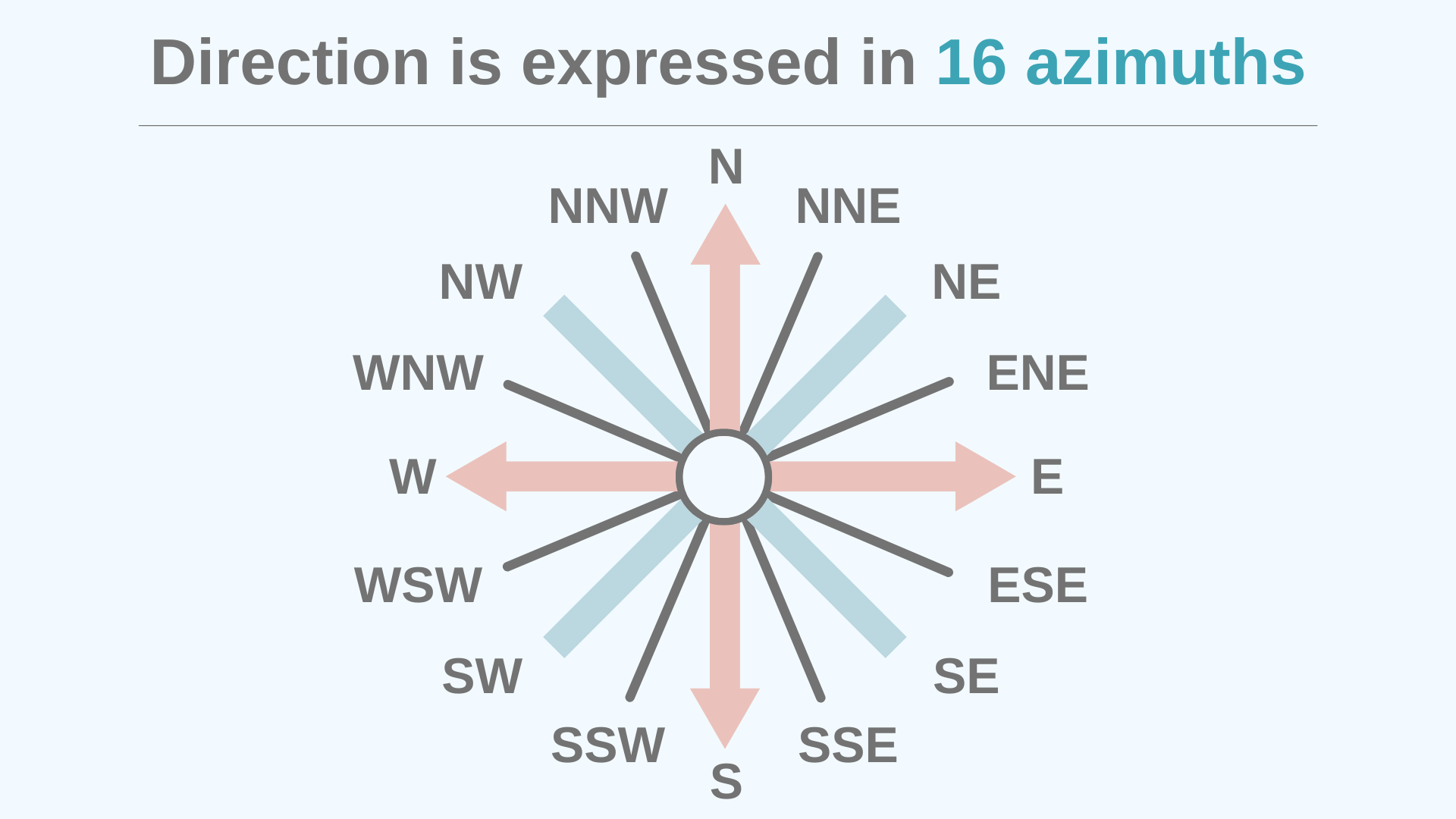
Chi-ga kun
Oh yeah!
I will review the 16 directions with the article below.
I will review the 16 directions with the article below.
https://spreading-earth-science.com/en/16-compass-points/
Be careful of the symbols of wind power 1 and the direction
Hakase
The third is to be careful of the symbols of wind power 1 and the direction.
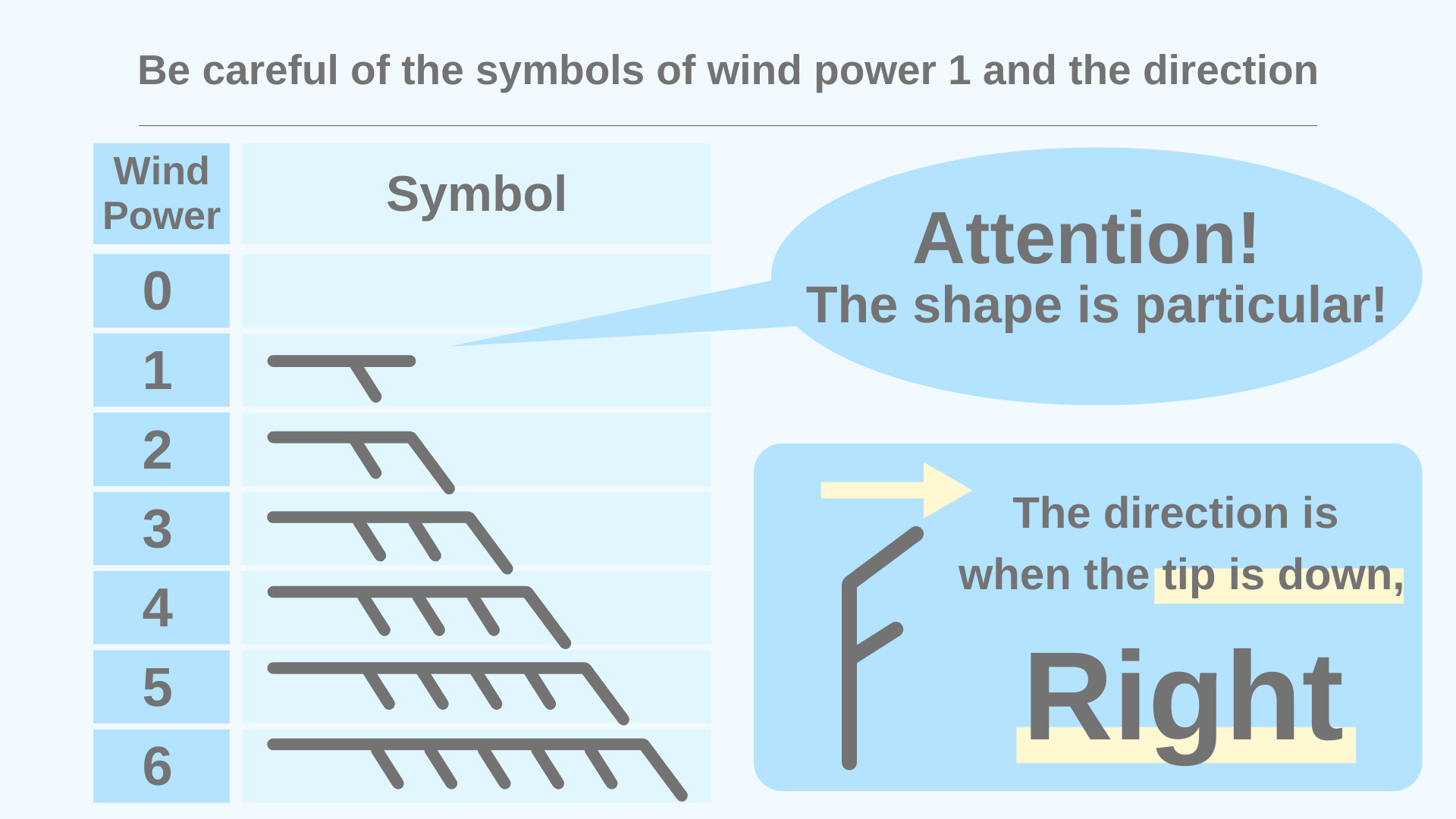
Chi-ga kun
Indeed, only wind power 1 is a little peculiar in shape!
Hakase
Yes. Also note the direction of the symbols. When the tip is down, it should be right.
Chi-ga kun
Sure!
Let’s read this weather map symbol!
Hakase
Now, use what you’ve learned so far to read these weather map symbols!
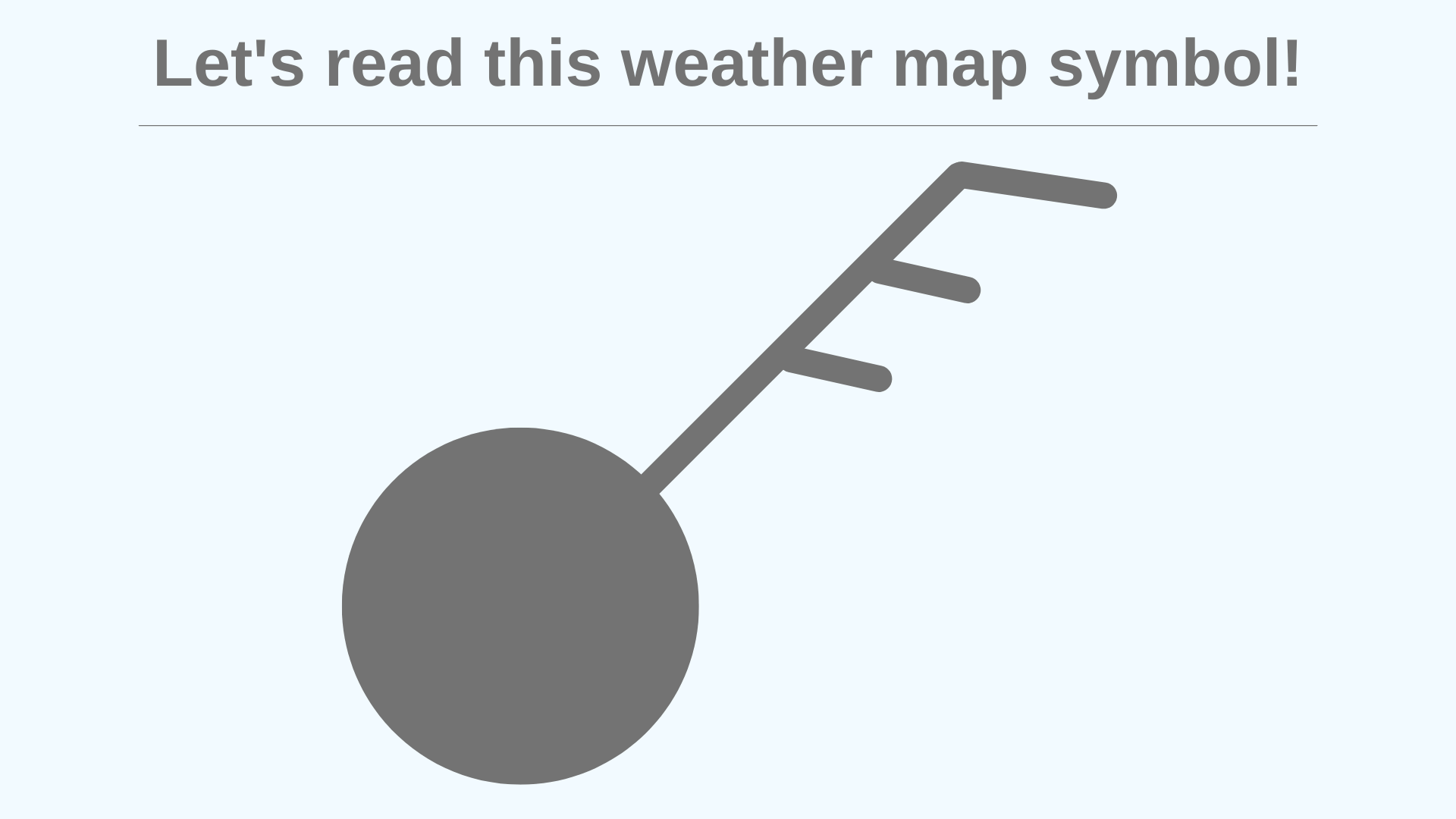
[su_accordion][su_spoiler title=”Answers Here!” open=”no” style=”default” icon=”plus” anchor=”” anchor_in_url=”no” class=””]
Chi-ga kun
Let’s see, the black circle at the tip is a rain marker!
Wind direction is northeast, wind force is 3!
Wind direction is northeast, wind force is 3!

Hakase
Great job!
[/su_spoiler]
Summerly
Hakase
In this article, I explained what weather map symbols are and how to write them. At first, you may not be familiar with these symbols, but once you get used to them, you will be able to read them easily.
Chi-ga kun
At first I didn’t understand what the symbols were, but now I know exactly what they mean! I’ll be consciously looking at weather map symbols from now on!
Hakase! Thank you for today!
Hakase! Thank you for today!
Thank you for reading to the end!
スポンサーリンク



